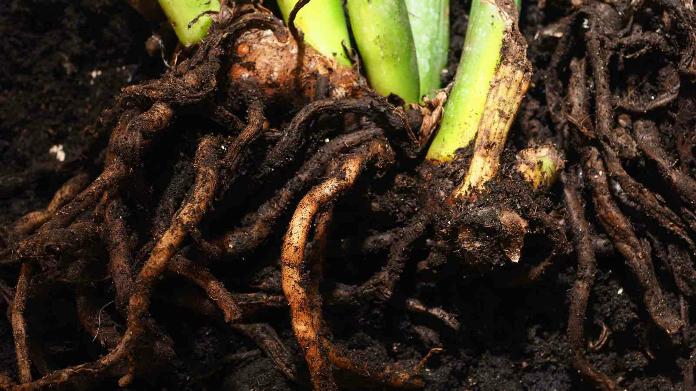.
Parijatham Plant
Parijatham, also known as Nyctanthes arbor-tristis or Night Jasmine, is an outdoor flowering shrub. Plant in well-draining soil with full sun exposure. Water consistently and prune to shape the shrub. Fertilize during the growing season for optimal flower production.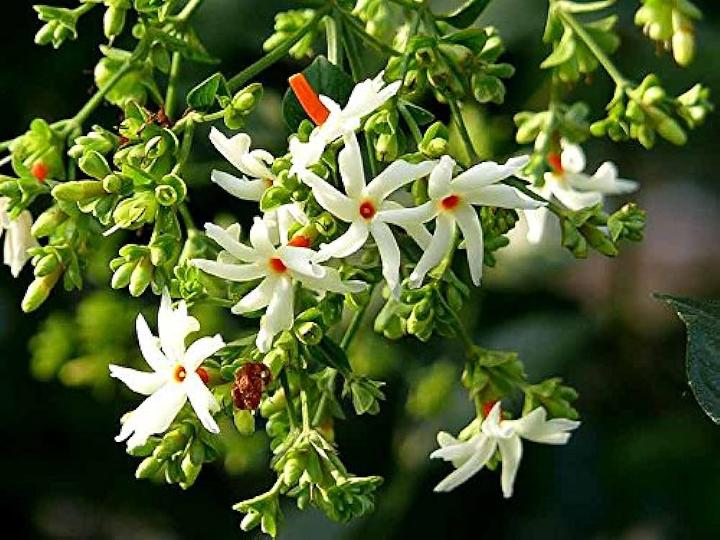
Habit
Shrub
Height
1-3 m
Growth
Fast
Soil
Well Drained, loamy
Shade
Full Sun to partial shade
Moisture
Moist
Edible
yes
Medicinal
No
Origin
India, Southeast Asia
Climatic Condition
Tropical
Temperature (°)
20-30°C
Humidity (%)
60-80%
Potting media
Loamy, peat
Fertilizers
Balanced NPK (10-10-10)
Watering
Regular, moderate
Plant Weight
100-300 g
Flowering Time
Year-round
Soil Ph level
6.0 - 7.0
Water Ph level
6.5 - 7.5
Soil EC
1-2 dS/m
Yield Per Plant
Ornamental (flowers)
NPK ratio
10:10:10
life Span
Perennial
Health Benefits
Ornamental, used in Ayurvedic medicine
Suggested Grow Media or Potting Mix ?
50% loamy soil, 30% compost, 20% sand
Suggested Fertigation/Fertilizers
Fertilize every 6 weeks with a balanced, slow-release fertilizer.
Common Diseases and Remedies
HEALTH BENEFITS
· Used in Ayurveda for treating fever, arthritis, and joint pain.
· Has antibacterial and antifungal properties.
· Supports liver health and aids digestion.
· Used in hair care to promote healthy scalp and prevent dandruff.
What Is An Parijatham Plant?
Parijatham is a small shrub with fragrant flowers. The flowers are also known as night-jasmine, night-flying jasmine, or coral jasmine. The flowers are bitter in taste and have seven to eight petals on an orangish-red stem. The word "Parijat" means "descended from" or "celestial". The parijatham plant, also known as the night-jasmine, is a small flowering tree or shrub that can grow up to 10 meters tall. It has large leaves and sweet-scented flowers with seven to eight petals arranged on an orange-red stem. The flowers bloom at night and fall to the ground by morning.
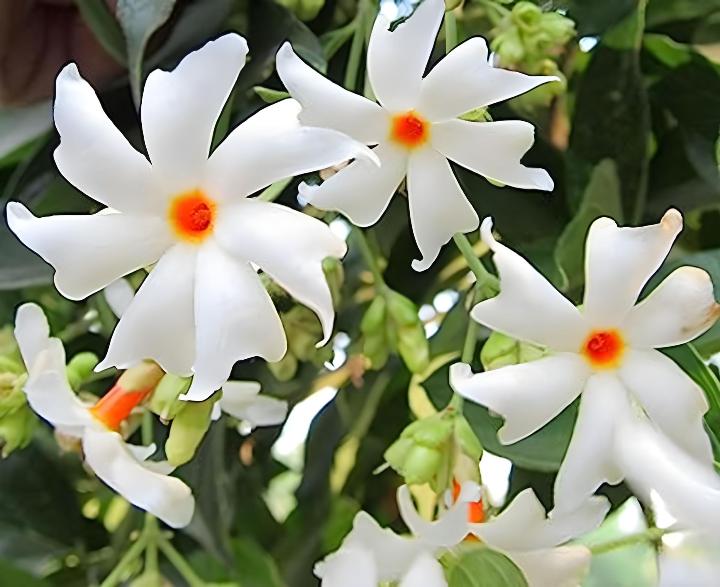
What Are The Different Types Of Parijatham Plants?
1. Big parijatham plant :
Has big white, multi-petaled flowers with a pale yellow corella. The flowers are creamy white with a strong fragrance. Mature plants can reach a height of 11–12 inches.
2. Parijatham mini/coral jasmine (dwarf) :
Has the same plant structure, flower shape, attractive fragrance, and texture as the normal coral jasmine. It can take one year for coral jasmine to produce flowers.
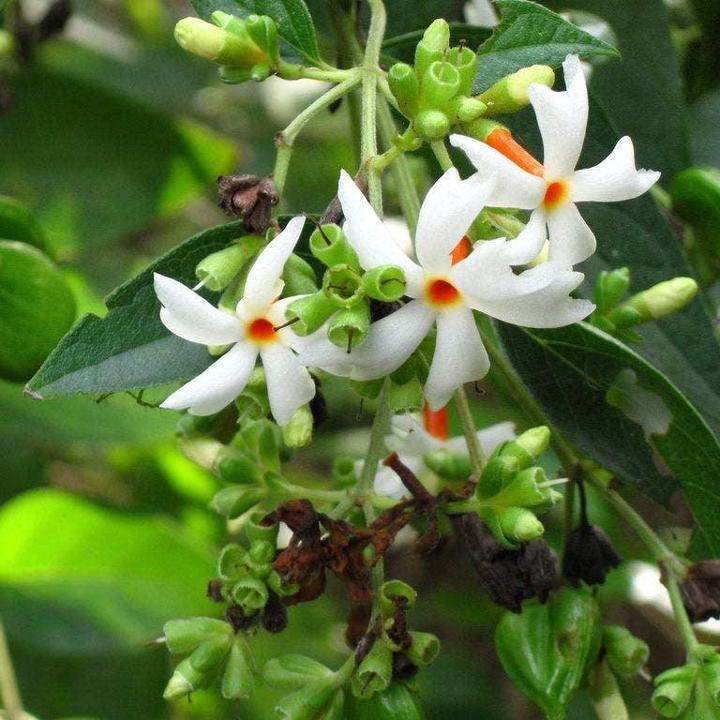
How To Care For Parijatham Plants
1. Location
The parijat plant can also be grown in a shady garden with a few hours of direct sunlight.
2. Sunshine
Provide the plant with at least six hours of daily sunlight.
3. Hydration
Water the plant deeply only when the top soil is a few inches dry. Water more in the summer and less in the winter. Avoid over-watering, which can cause the roots to rot and die.
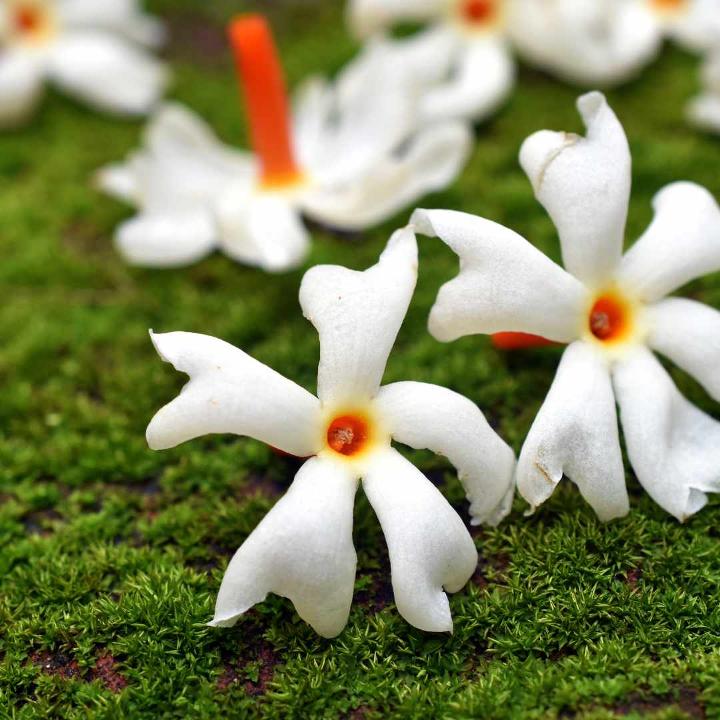
4. Soil
Use well-drained, fertile soil with a high organic matter content. The soil's pH level should range between 5.6 and 7.4. Avoid standing water in the pot.
5. Nourishment
Fertilize in spring and summer with organic fertilizer once a year. You can also add well-rotted manure to help the plant flower.
6. Issues
Overwatering :Parijat plants prefer well-draining soil and don't tolerate waterlogged conditions. Overwatering can cause the roots to rot and die. Not enough light :Parijat plants don't do well as indoor or potted plants. You can try moving the plant or putting it outdoors if it's indoors.
What Are The Benefits Of Parijatham
Parijat is known as a great anti-pyretic. It cures various nauseous types of fever including malaria, dengue, and chikungunya fevers. Recent studies suggest that Parijat leaf and bark extract are very useful to ameliorate fever instantly. It helps to increase platelet count in dengue and chikungunya fever.
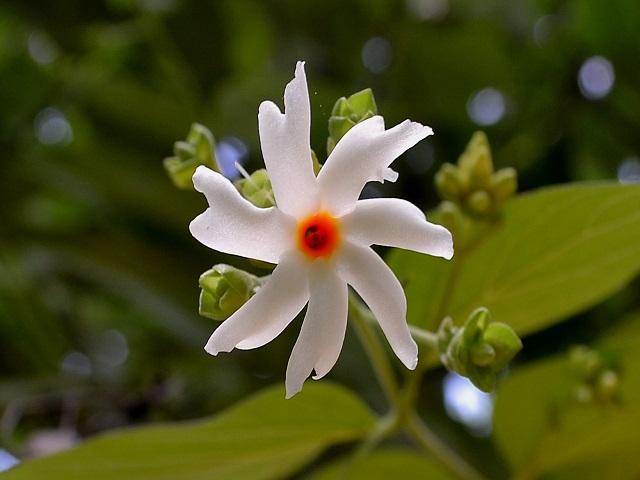
FAQs About Growing Parijatham
1. How long does Parijat take to bloom?
Flowering in Parijat generally takes place five years after plantation. It happens around monsoon onset.
2. Does Parijat plant need sunlight?
It required only morning sunlight.
3. Can we grow Parijat from cutting?
Parijat is easily grown from a cutting taken from a healthy plant in the spring or early summer. Snip a cutting 6 to 8 inches long from a healthy plant just below the node.
4. What is Parijatham called?
The Parijatham plant is also known as Harsingar, night-flying Jasmine, or Coral Jasmine.
5. What are the botanical names for Parijatham?
The botanical name for the Parijatham flower is Nyctanthes arbor-tristis.
